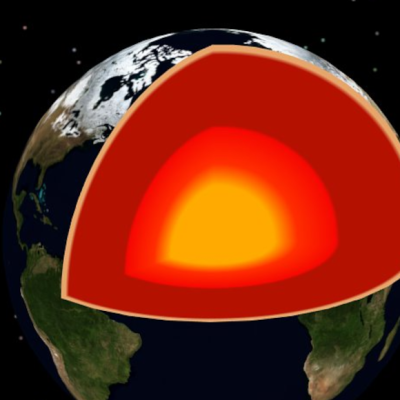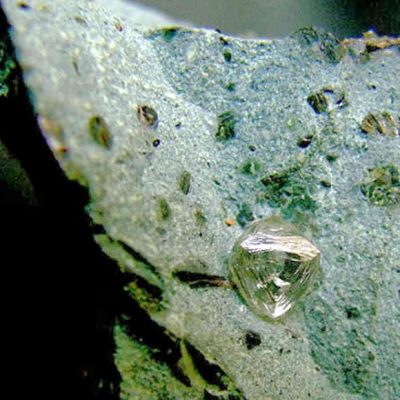New data has revealed that ultra-low-velocity zones (ULVZ) in the Earth’s core are likely made up of ancient ocean floor that has sunk into the Earth’s interior. The Earth’s interior is mostly studied indirectly through seismic observations, as drilling has only reached a maximum depth of 12 kilometers. ULVZs are areas between the liquid core and the viscous mantle where seismic waves move very slowly. Despite their relatively small thickness of only five to 50 kilometers, they have a higher density than the mantle above and do not form globally, but rather distinct areas. There have been different theories about their composition, but a recent study by The University of Alabama suggests that ULVZs may be made up of ancient ocean floor that has sunk into the Earth’s interior.
The study analyzed data from a network of 15 measurement stations in Antarctica, collecting over 1,000 seismic observations over a period of three years. The researchers found thin, anomalous material zones in the core-mantle boundary (CMB) through high-resolution imaging methods. The authors suggest that the most plausible explanation for the composition of these areas is material that once formed the ocean floor and slowly made its way into the Earth’s interior along plate boundaries in subduction zones. The thickness of the material varies between a few kilometers and several tens of kilometers, indicating that the researchers may be seeing mountains in the core that are up to five times higher than Mount Everest.
Seismic observations provide the highest resolution of the Earth’s internal structure, but not all details can be directly captured. However, an increased number of measurement stations and more extensive data allow for continuous and more precise evaluations of the complex reflection patterns. The study’s findings suggest that the Earth’s internal structure is far more complicated than previously thought. The researchers’ high-resolution imaging method provides a precise representation of the CMB, which has not been achieved before. The discovery of the composition of ULVZs sheds new light on the Earth’s internal structure and provides a better understanding of the planet’s evolution.








